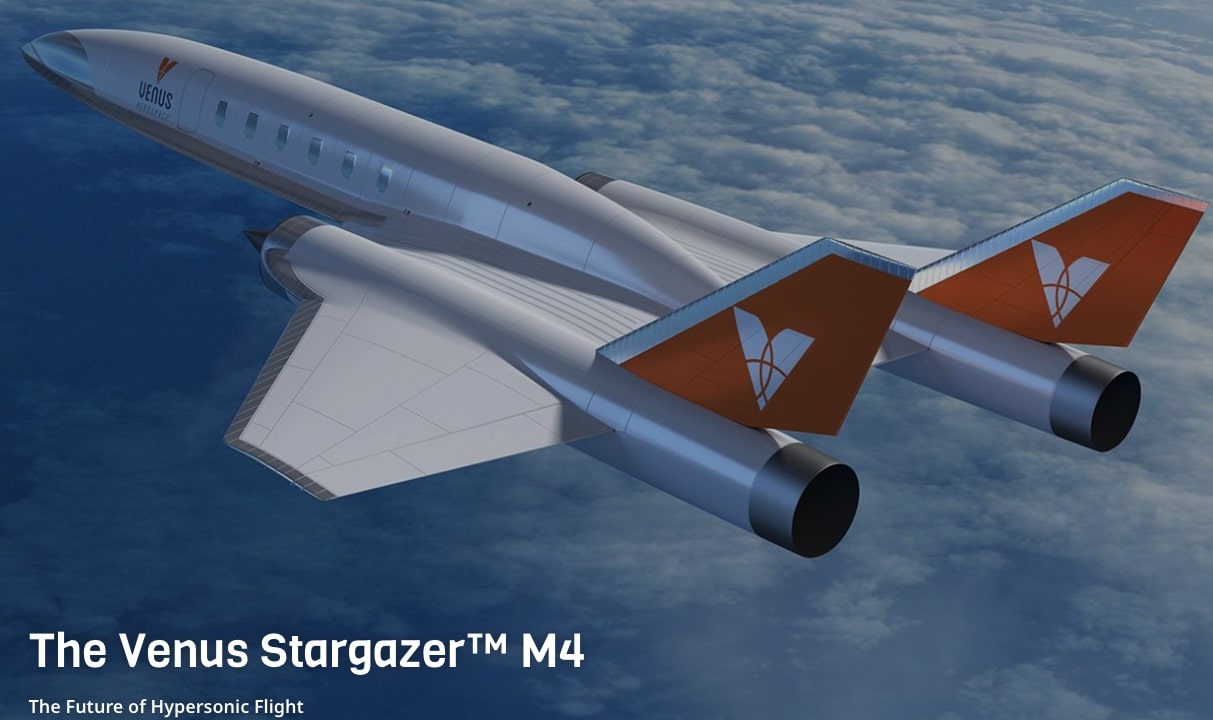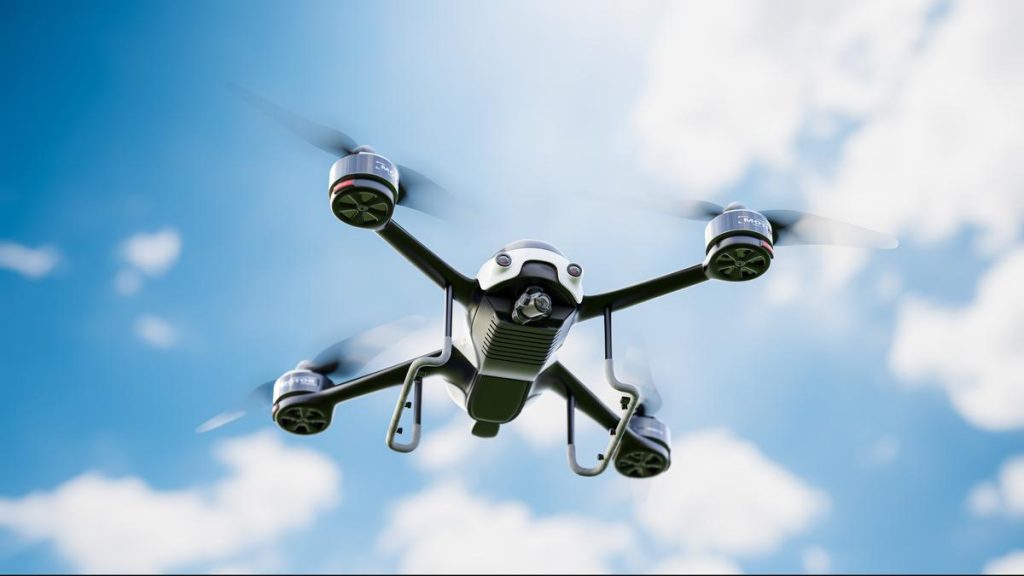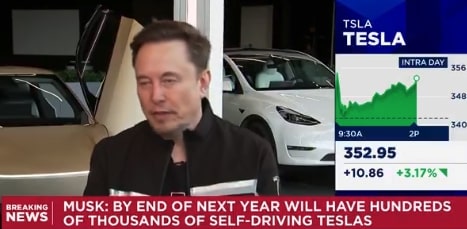Now Reading: Venus Aerospace Tests Breakthrough Rotating Detonation Engine in First Flight
-
01
Venus Aerospace Tests Breakthrough Rotating Detonation Engine in First Flight
Venus Aerospace Tests Breakthrough Rotating Detonation Engine in First Flight

### Swift Summary
– Venus Aerospace successfully conducted the first-ever U.S. flight test of the Rotating Detonation Rocket Engine (RDRE), a next-generation propulsion technology.
– RDRE improves performance on rocket-powered products and positions Venus Aerospace as a leader in hypersonic engine growth capable of speeds up to 4,600 mph (Mach 6).
– Their advanced VDR2 engine integrates RDRE efficiency with air-augmentation technology, providing thrust capabilities at Mach 3.5 and beyond. Ground tests are planned for later this year.
– Stargazer M4 aircraft, powered by Venus’s engines, will aim to achieve reusable commercial flights at speeds of Mach 4, climbing up to Mach 9 during cruise mode under specific conditions.
– A high-speed single-engine system unveiled allows seamless operation from takeoff to hypersonic cruise without the complexity of multiple engines-efficiently reducing cost and weight across applications such as spacecraft landers, satellite deployments, cargo transfers in orbit, drones/missiles.



—
### Indian Opinion Analysis
The triumphant flight test marks a notable milestone not only for aerospace engineering but also possibly for countries like India striving for strategic autonomy in defense and space exploration technologies. Given India’s ambitions in space research supported by ISRO and increasing focus on indigenous weapons development via DRDO initiatives like hypersonic missiles or defense systems operations under similar applications could align indirectly via design collaborations future economy leads subsets aligned innovate pathways peace options bridging internally globally correlated factors commerce.
touch direct Hypersonics XXAXXXXXX?!!!!!!! nations

























